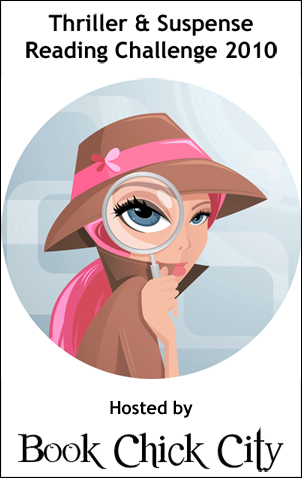Haiku poetry originated in Japan many centuries ago. Its popularity and form have spread throughout the world. Haiku is fun and easy to learn in its simplest form, and in its most sophisticated form it is an elegant expression of the spirit of a moment in time.
Basic
The haiku appears to be a very simple form of poetry. A person who might otherwise never attempt to write poetry can easily learn the simple haiku form in a few minutes and proudly produce several haiku expressions a few minutes later.
The haiku generally contains of 17 syllables written in three lines with minimal punctuation. The first line contains 5 syllables, the second 7 syllables, and the third 5 more syllables. The traditional subject of a haiku is a revealing moment in nature that is conveyed directly to the reader without judgment. One or two words indicate the season of the year to which the haiku relates. The traditional haiku is considered complete in itself and is not titled.
Less traditional haiku can be written about any subject that the author wishes. Free form haiku may have more or less than three lines and contain less than 17 syllables. It may use traditional poetic devices such as rhyme, metaphor, alliteration, simile, and others. The free form haiku may be humorous and cute, teasing and erotic, or it may have a didactic message.
Advanced
The traditional Japanese haiku is generally shorter than an English haiku because Japanese syllables are shorter and more numerous than English syllables. Some authors consider a three line format of 2-3-2 to be more consistent with the brief style of the Japanese masters.
The haiku of the masters embodies a certain spirit. The author uses the senses to create a meaningful moment, a revealing observation of everyday life that is not moralistic or judgmental. The poet tries to give the reader the means to experience the same feeling or perception that the poet had without actually explaining the feeling.
Present tense is normally used to reveal the haiku moment. The poet tries to make the moment fresh and immediate, as if the moment were occurring right now. The haiku has a strong presence.
Haiku masters generally create two or three concrete images which are juxtaposed and compared in the short lines. These images create an atmosphere that reveals the meaning in the haiku.
A spirit of lightness is created in haiku by using ordinary, straightforward words that are specific yet brief. Poetic devices such as rhyme, meter, metaphor, and others are not used by the haiku masters.
Minimal punctuation is common in good haiku. A comma used to effect as a pause may occur during or after the first or second line. Good haiku is not just a poetic thought cut up into three lines of a 5-7-5 syllable pattern but the haiku’s images naturally and organically flow into the desired form.
Conclusion
Writing haiku poetry is a fun and enlightening activity. Writing haiku is simple enough to encourage one to get started and the results are satisfying enough to encourage one to keep going. The further one goes in learning the simple subtleties of the form the closer one gets to becoming a master of the haiku.
A Quick Guide to Poetic Form
The haiku is much more complex than it seems; just because you have written something that follows a syllable pattern of 5,7,5 doesn't necessarily mean you've just written the next earth-shattering haiku. There are a few little know tidbits about the haiku that will help you differentiate is from it's often mislabeled cousin, senryu.The rules are the same for both haiku and senryu. There are seventeen kana (or the equivalent of syllables in the English language) separated into three lines that are classically seen as 5 kana, 7 kana, 5 kana; however, here is a bit you might not have known: haiku and senryu are written in seventeen kana or less.
With this in mind, both the haiku and senryu should follow a short, long, short pattern in its line structure. As stated in Shadow Poetry's guide to haiku, once you become familiar with the rules of haiku and senryu, you will know when it is appropriate to bend the rules a little and when it isn't. First, you must get used to the rule as we have laid out previously.
Haiku and senryu are typically (keep in mind that I say typically) written as two separate parts. A haiku or senryu is not a run on sentence that starts with the first kana and ends with the last.
summer glow—
mirages mingle
in the breeze
©Katherine Arcand
Notice that the first five kana sent a scene and the remaining kana present a subject and an action for the subject that is preformed in the setting. This doesn't always have to be, but as a beginning haiku/senryu writer, this is an easy exercise. You may also reverse the order that the poem is presented in, if you feel it makes your point stronger.
mirages mingle
in the breeze—
summer glow
©Katherine Arcand




















0 comments:
Post a Comment